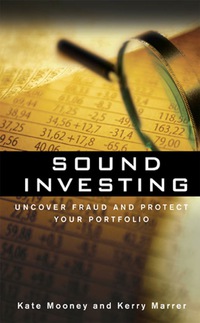Answered step by step
Verified Expert Solution
Question
1 Approved Answer
33. If both parties to a contract are under a legal obligation to perform pursuant to the terms of the contract, the parties have entered


33. If both parties to a contract are under a legal obligation to perform pursuant to the terms of the contract, the parties have entered into a: a. bilateral contract; b. unilateral contract; c. Implied contract; d. quasi-contract. 34. A contract to commit a crime is an example of a(n): a. valid contract; b. void contract; c. implied contract; d. quasi-contract. 35. Two parties have entered into a contract and performance has begun but has not been completed. The contract is a(n)_ contract. a. executory; b. executed; c. unilateral; d. quasi-contract. 36. For an offer to be valid, the offeror must have serious Intention to be bound by the terms of the contract, the terms must be reasonably definite or certain and: a. the offer must be in writing; b. the offer must be communicated to the other party to the contract; c. the contract must Involve real estate; d. none of the above. 37. Regarding adequacy of consideration, a Court: a. always makes sure that there is adequate consideration; b. only looks at adequacy of consideration If the consideration is grossly insufficient c. only examines consideration If one of the parties is a minor. d. never examines adequacy of consideration. 38. The age of majority for entering into contracts is: a. 16; b. 17; c. 18; d. 21. 39. I offer to sell "my car" to Curran for $1,000. She accepts, thinking she is making an offer for a 2016 SUV in decent shape, but I believe she has just agreed she has offered to buy a 1997 sedan which is not running. Since I believe I have sold one vehicle and Curran believes she has agreed to buy a different vehicle, this is an example of a: a, mutual mistake of fact; b. unilateral mistake of fact; c. mistake as to value; d. mistake as to law. 40. A party has entered to a contract only after being the victim of a violent threat. That party has the defense of: a. undue Influence; b. duress; c. fraudulent misrepresentation; d. none of the above. 41. In a contracts, when rights under a contract are transferred to a third party, this is known as a: a. transfer; b. assumption; c. assignment; d. delegation. 42. This right can virtually always be transferred to a third party. a. a personal service contract; b. a contract which is prohibited by statute from being transferred; c. the right to receive payment of funds; d. all of the above. 43. A possible future event which triggers the performance of an obligation is a: a. discharge; b. duty; c. privilege; d. condition. 44. A party to a contract is entitled to Insist on _performance of the other party's obligations under the contract. a. substantial; b. complete; c. partial; d. legal. 45. Any breach of contract entitles the non-breaching party to the contract to: A. money damages; B. an Injunction; C. a directed verdict; D. promissory estoppel. 46. A clause In a contract which states the amount of damages in the event one party breaches is a damages provision. a. stipulated; b. speculative; C. excess d. liquidated. 47. Injunctions, orders for rescission, and an order for specific performance of a contract are examples of remedies. a. equitable; b. legal; c. excess; d. liquidated
Step by Step Solution
There are 3 Steps involved in it
Step: 1

Get Instant Access to Expert-Tailored Solutions
See step-by-step solutions with expert insights and AI powered tools for academic success
Step: 2

Step: 3

Ace Your Homework with AI
Get the answers you need in no time with our AI-driven, step-by-step assistance
Get Started


